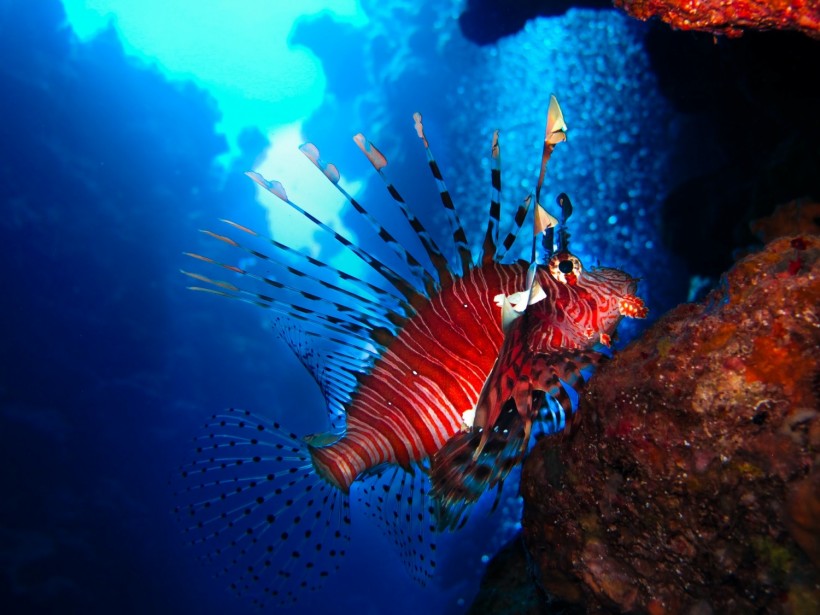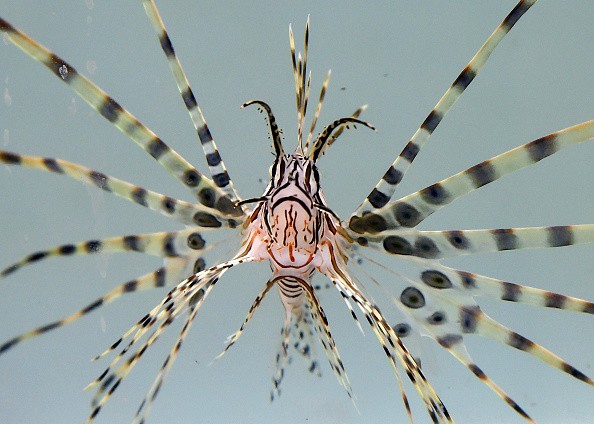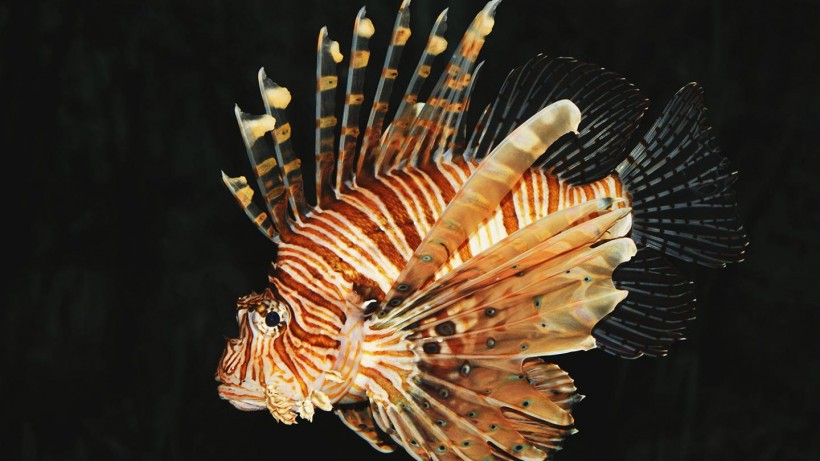Invasive species eradication has become a competitive sport. Divers adept at spearing one predator after another can compete for cash awards in a competition in the Panhandle, where swarms of lionfish devour local species.

Diver Rachel Bowman is an expert at seeking, capturing, and killing lionfish, a species endemic to the Indo-Pacific waters.
An adult off the coast of Australia or Indonesia typically reaches about twelve inches; groupers, eels, and sharks are its natural predators, and divers are not permitted to spear one in many countries.
Aquariums have long been a popular place to keep lionfish. They are housed in saltwater tanks in tens of thousands of American households.
Also Read: How Invasive Species Thrive in the Mediterranean
Vicious Invaders

Lionfish are especially well-suited to the role of being observed since they spend their days hovering in the water.
Their shimmering white bodies, which are covered in bright red or orange stripes, a Mohawk of spikes on their backs, and clashing patterns on their fins and faces, are also stunning.
Lionfish started moving from aquariums to open saltwater in the past 50 years, perhaps somewhere in the tropics of the Western Hemisphere.
The initial sighting was reported in 1985 off Dania Beach, near Miami.
There are now millions of lionfish in the Western Atlantic, which is terrible news since they have thrived greatly in their new home.
By consuming other marine life and upsetting the balance of reef life, they harm native species.
Hunting the Invaders
Bowman does not consider herself mainly an environmentalist, although lionfish elimination has a clear conservation advantage.
She views her prey as intruders and believes it is her duty to fend them off.
She explained, "What you're pursuing isn't prey-it's enemy. Isn't it lovely to be on the side of the good guys?"
She also values the absence of laws prohibiting the slaughter of lionfish. She declared that there are no restrictions on bags, sex, seasons, boats, or equipment.
Hunting them is a throwback to a time when you could go into the sea and come out with whatever you wanted-to a time, strangely, when conservation measures were required.
"Lionfish is the only species that is one-hundred-percent wide open."
Lionfish Hunting Society
 (Photo : Photo by Michael Gäbler published under a Creative Commons license.)
(Photo : Photo by Michael Gäbler published under a Creative Commons license.)

In their close-knit society, lionfish divers share housing, swap diving tales, and enjoy friendly competition to see who can catch the most fish.
A healthy, functional ecology is their aim; eliminating lionfish protects yellowtail snapper, which can be fished for meals.
Lionfish hunting is rewarding yet time-consuming.
A dragnet is useless since it would snag on the reefs where they reside and won't chase a hook, either.
A pole spear, a metal rod with sharp prongs at the end that you propel into the water using a rubber sling, must be used to kill lionfish one at a time.
These poles come in lengths-three feet, seven feet, three or five prongs-and are known by names like the Lionfish Buster and the Lionator.
Related Article: Top 5 Most Destructive Invasive Species Today
For the most recent updates from the animal kingdom, don't forget to follow Nature World News!
© 2024 NatureWorldNews.com All rights reserved. Do not reproduce without permission.





